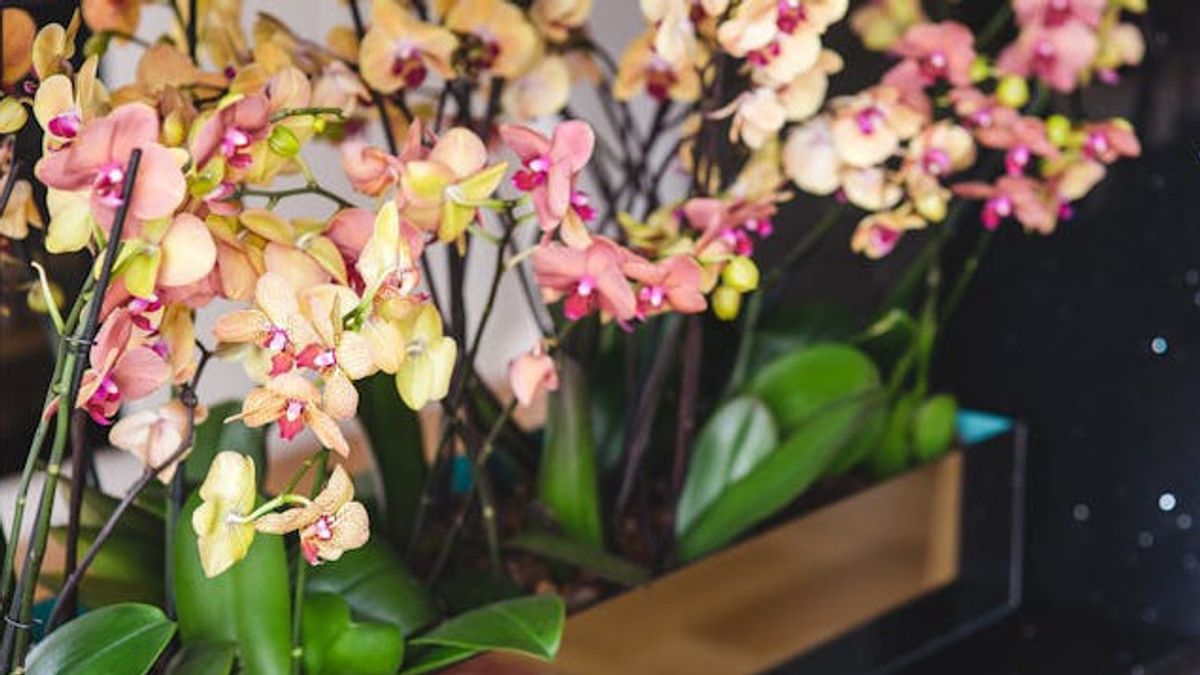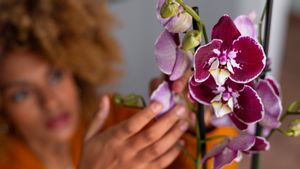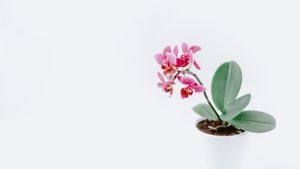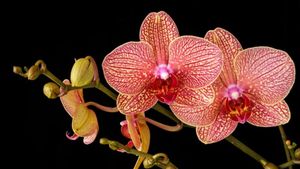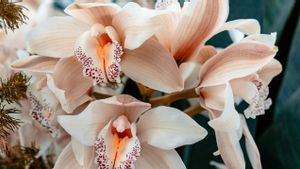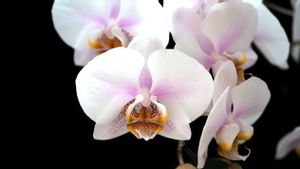JAKARTA - Red orchid leaves are not unusual, but it indicates that plants need a little attention. Although it is normal and normal if the leaves that have been yellowing for a long time, then fall out, it is important to monitor the younger and new leaves that turn yellow as a sign of warning of problems.
Some of the causes of orchid leaves yellowing can threaten plant life, but everything can be overcome. So, what causes orchid leaves to turn yellow? Reported by The Spruce, Friday, July 26, here are the causes of orchid leaves yellowing and how to fix them.
Older orchids often have rather elongated stems where old leaves have fallen. The new roots will continue to emerge from healthy plant stems, which eventually form a bunch of roots.
If you find a leaf yellowing at the bottom of the orchid, don't worry. Yellowing this leaf is a natural process for plants to remove old leaves and produce new leaves. However, if the leaves turn yellow from the top of the plant, it means there is a problem.
Orchid leaves can burn and turn yellow if exposed to too much direct sunlight. You can repair by placing orchids in places that receive enough indirect sunlight. If you put the plants on the windowsill, make windows facing north or west. If the leaves are still fresh and strong but yellowing, most likely the plants receive too much light, and their colors fade.
Next, ask yourself if the temperature of the orchid breeding site is correct or not. Ensure the temperature around the orchid is between 18 and 26 degrees Celsius during the day and 15 and 25 degrees Celsius at night. Too low temperatures can also cause orchid leaves to turn yellow.
Keep orchids away from open windows, fans, or air conditioning ventilation. If you put orchids outdoor when the weather is warmer, take them into the room before the temperature drops drastically.
Plants are most likely dehydrated if their leaves are wrinkled and lethargic. Otherwise, check the roots. Excessive watering can cause roots to rot, which in turn can cause yellowing leaves.
Flush orchids only when one inch above the dry pot media and the roots are white. Make sure there are enough holes in the pot to allow good drainage. If your orchids experience root decay, but you see the plant still has some healthy green roots, cut the rotten roots and replant the plants in a mixture of new orchid pots.
Orchids are tropical plants that require moisture to thrive. Most houses are not moist enough for orchids. The preferred humidity range is 40 to 70 percent.
You can use an air moisturizer around the orchids or increase the humidity around it by placing it on a humidity dish. For a bowl by filling a shallow plate with a rock or gravel, filling it with water, and placing the plant above it to absorb moisture from the volatile water on the bowl.
SEE ALSO:
Orchids need fertilizer during the summer, with diluted orchid fertilizers typically every third to fourth week. If orchids don't get enough nitrogen and magnesium, they will find it difficult to produce chlorophylls, so that the leaves turn yellow. If your orchid leaves start yellowing around the tip and side, your plant may lack nitrogen, magnesium, or both. How to fix it is by giving fertilizer regularly but slightly.
The English, Chinese, Japanese, Arabic, and French versions are automatically generated by the AI. So there may still be inaccuracies in translating, please always see Indonesian as our main language. (system supported by DigitalSiber.id)
